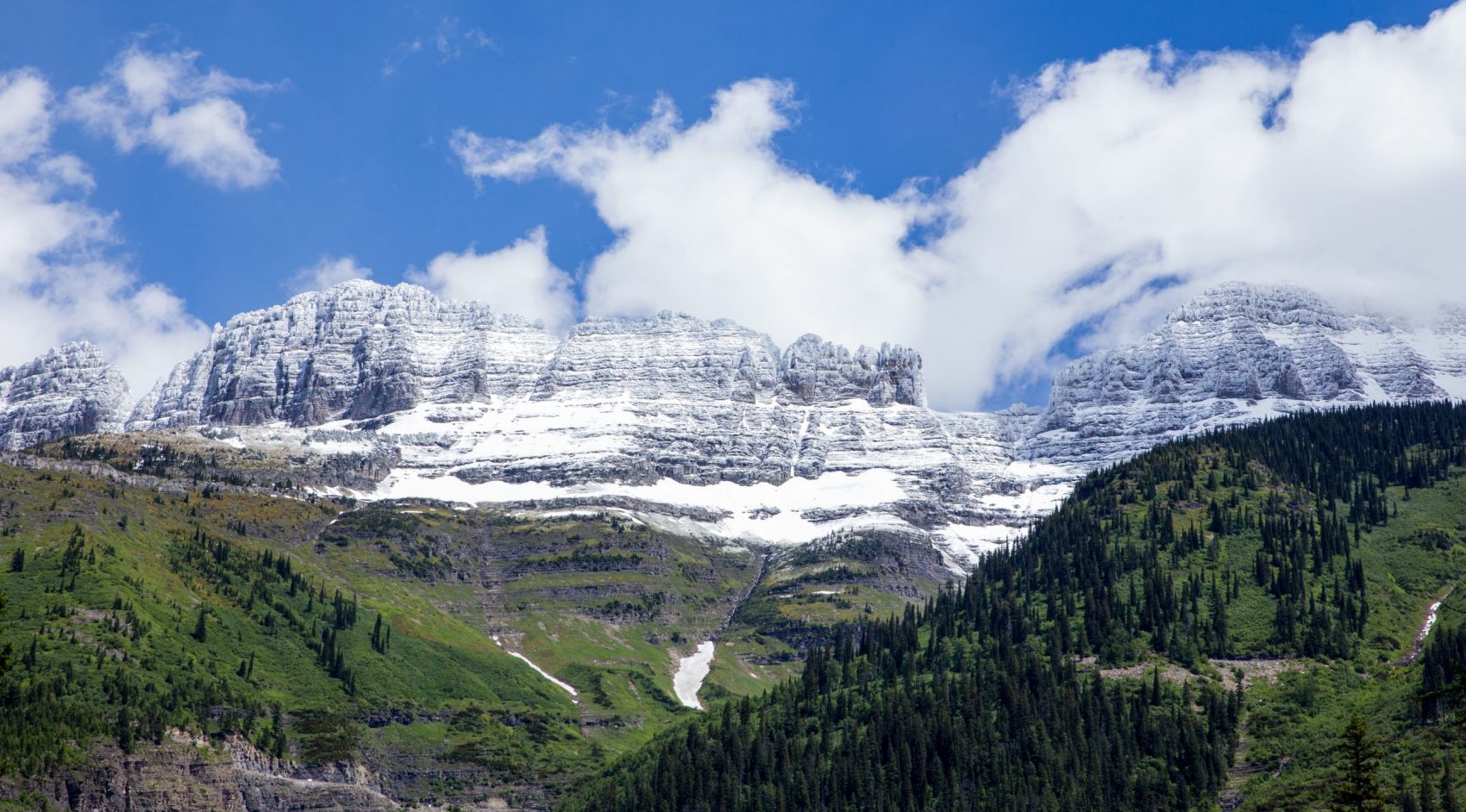
Going-to-the-Sun Road through Glacier National Park, MT, officially opened this morning for the 2021 summer season. The road may now be accessed by motorized vehicles all the way through from both the West Glacier and St. Mary entrances.
An entry reservation ticket in addition to an entrance pass is required for access to Going-to-the-Sun Road via Camas Road, West Glacier and St. Mary entrances between 6 am and 5 pm daily through September 6, 2021. Visitors should expect long lines and delays if entering the park at 5 pm.
With Going-to-the-Sun Road fully open, the number of entry tickets available will be increased. This increase will be executed through a series of additional ticket releases made available each morning starting today at 8 am.
Entry reservation tickets are not required for any other portions of the park, but visitors are still subject to the per vehicle entrance fee or pass. These areas are congested, and visitors can expect traffic restrictions by mid-morning.
Additional details for the Going-to-the-Sun Road reservation system may be found on Glacier National Park’s Website.
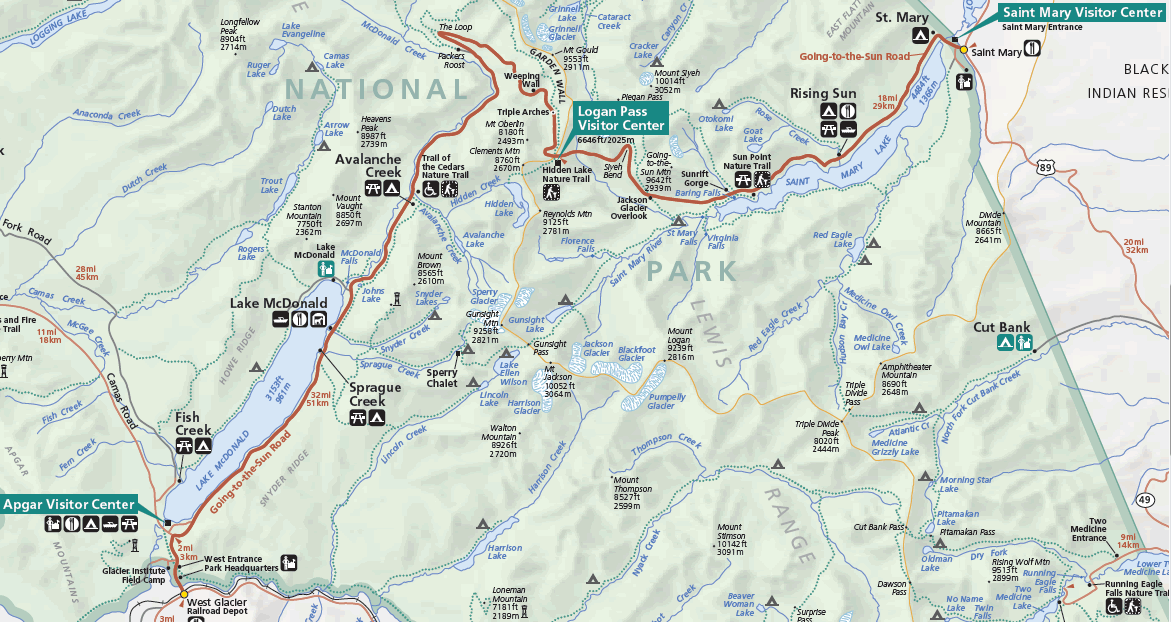
Services at Logan Pass will include restroom facilities and potable water. Visitor information services will be provided outside of the Logan Pass Visitor Center from 9 am to 7 pm daily. The Glacier National Park Conservancy bookstore will be operating inside of the Logan Pass Visitor Center, with access at the upper level. The bookstore will limit the number of people inside at any one time to enable appropriate social distancing.
There will be some work zones on Going-to-the-Sun Road this summer. Construction crews are installing a new vault toilet at Big Bend, and a new shuttle weather shelter at Logan Pass. There will be ongoing masonry work at various locations. Because of the construction, Big Bend will have less parking available, although the trail to the waterfall will be accessible. Visitors need to be on the lookout for these work zones, slow down, and give the construction workers a wide berth.
While driving along the road, particularly through the Rim Rock area (approximately one mile west of Logan Pass) visitors should be aware of potential rockfall and should not slow down or stop in this section. Rocks and other debris continue to fall throughout the summer, requiring daily clean-up.
Vehicles and vehicle combinations longer than 21 feet, and/or wider than eight feet, are prohibited on Going-to-the-Sun Road between Avalanche Campground and Rising Sun. Vehicles over ten feet in height may have difficulty driving west from Logan Pass due to rock overhangs.
The Highline Trail from Logan Pass is still closed due to hazardous snow conditions. For up-to-date information on trail conditions and clearing activities, visit the park’s trail status webpage.
The park’s Visitor Transportation Service, or shuttle service, along Going-to-the-Sun Road, will be operational this year under a Ticket-to-Ride system. Tickets went on sale on June 1 on Recreation.gov and service will begin on July 1. Tickets must be validated at the visitor center selected at the time of reservation, either Apgar Visitor Center or St. Mary Visitor Center. Face masks are required on shuttles. Please check the park website for additional information on shuttle stops.
Bicyclists are reminded that bicycle safety restrictions on Going-to-the-Sun-Road are in effect, and remain in effect through Labor Day, September 6. Bicycles are prohibited in certain areas between 11 am and 4 pm. Information on bicycle restrictions may be found in the park newspaper available at park entrance stations, or online on the park’s bicycle information webpage.
With the help of the Glacier National Park Conservancy, the park has launched an Idling Awareness Campaign. Visitors are encouraged to limit vehicle idling to no more than two minutes in Glacier in parking lots, at scenic viewpoints and trailheads, and while stopped in traffic lines and road construction to benefit the health of both the public and the park resources.
Visitors should not throw food waste, including apple cores, orange peels, sunflower seeds, unwanted drinks (coffee, tea, soda), etc., out car windows while waiting in lines. This attracts wildlife to the roadways which increases wildlife fatalities. Discard garbage in bear-proof garbage cans.
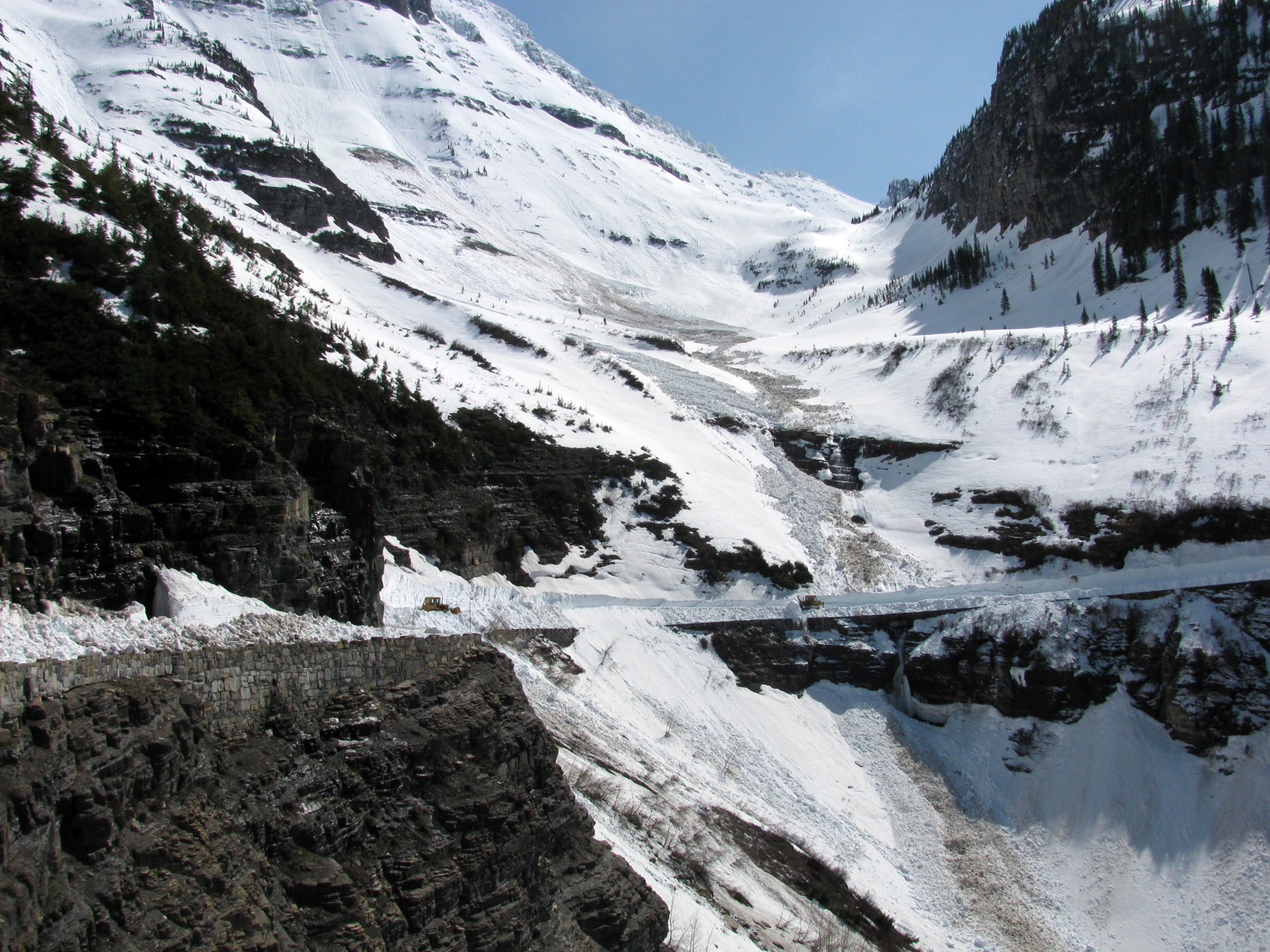
Every single year since 1933, Glacier National Park has been home to an extraordinary task that must be complete each summer by its park staff and contractors: clearing the Going-to-the-Sun road.
If you have not heard of the Going-to-the-Sun Road, it is a 32-mile (51.5km) road that runs through the mountains across Glacier National Park in Montana. When constructed, the road, which was an engineering marvel, set the standard for design and procedure when constructing roads in National Parks by being minimally intrusive to the environment and incorporating the natural resources surrounding it into the design.
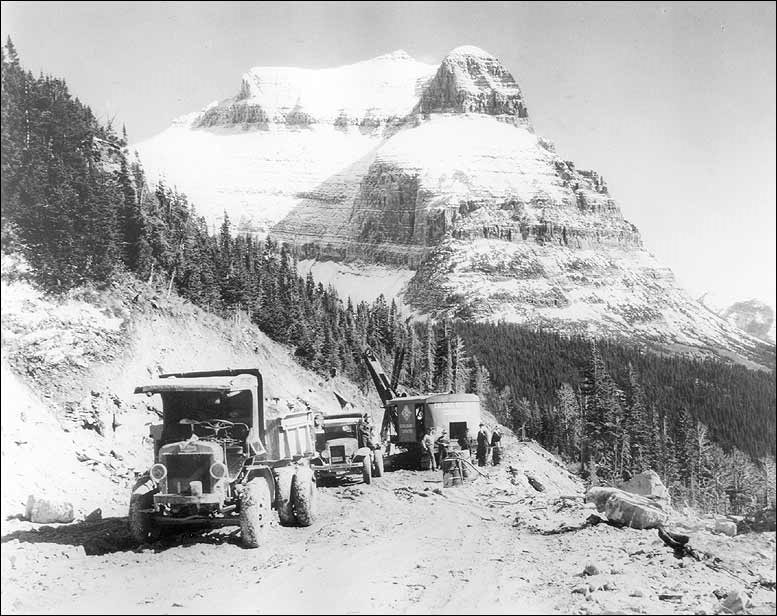
Plowing the Going-to-the-Sun road varies each year. With unpredictable spring weather, 60′ snowdrifts, and working on dangerous roads require immense time and energy. The road usually opens in June or early July, although the park will never guarantee an opening date due to unpredictability.
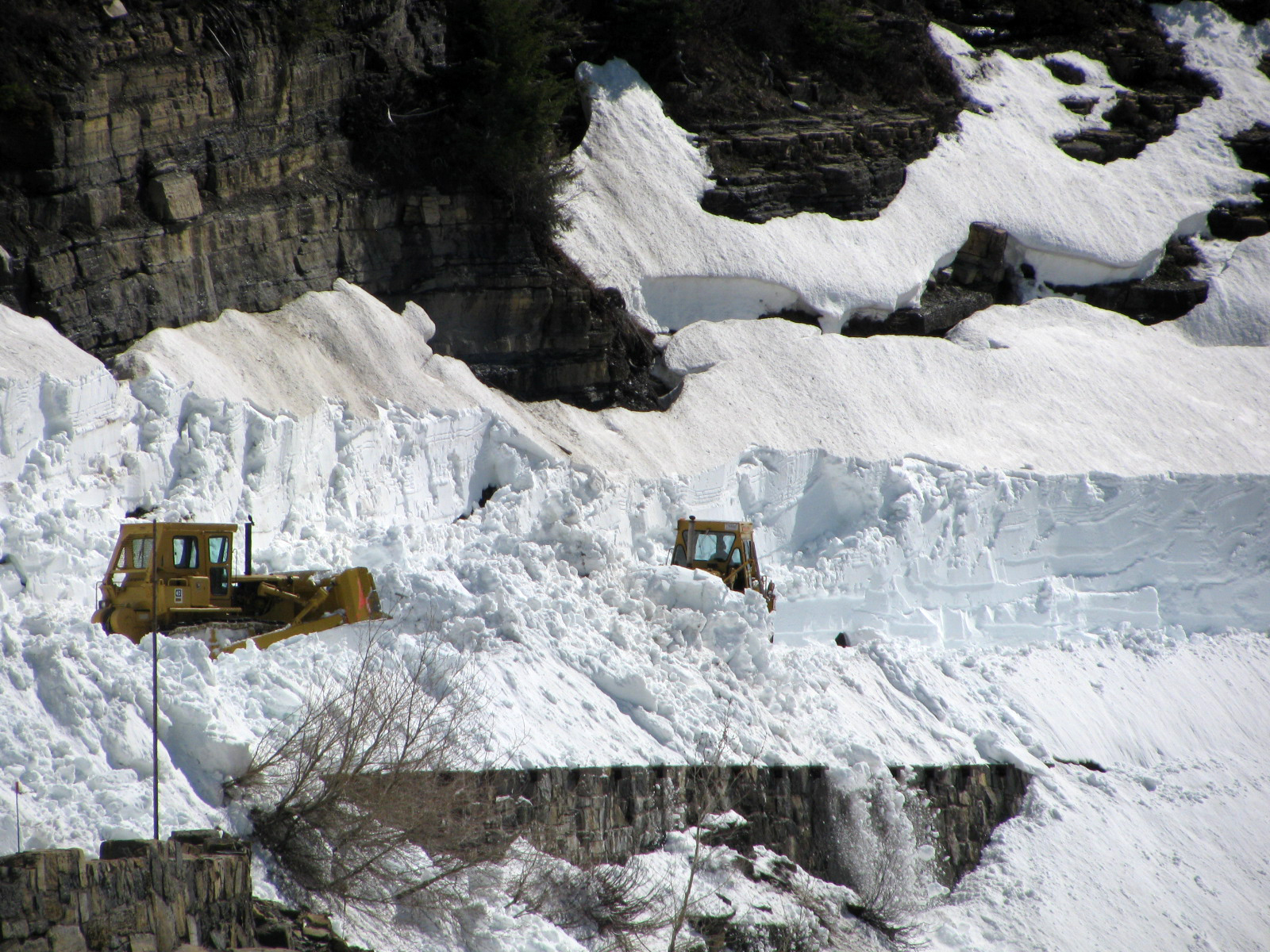
- Related: Plow Crews Encounter 80-Foot Snow Drifts at Logan Pass on Going-to-the-Sun Road, MT (June 2020)
The Going-to-the-Sun road plowing has become iconic. Glacier National Park has a website dedicated to tracking the snowplows’ progress, and they have published a photo album of some of the best pictures of the plowing.
If you ever have the chance to go on this iconic roadway, you now know how much work has gone into it, both when it was built and the hundreds of hours put in yearly to plow it.
